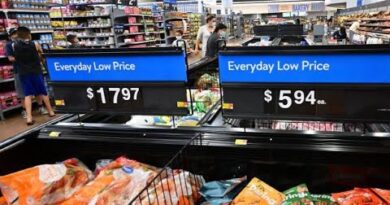Foot Traffic Keeps Retail Market Moving
Retail property owners looking for tenants are in a favorable position, with widespread demand for space driven by low vacancy and limited construction.
The retail sector is performing strongly as consumer resiliency and a strong labor market fuel increases in foot traffic while inflation begins to ease, according to Marcus & Millichap’s second-quarter Retail National Report. In fact, retail was the only major commercial real estate property type to record vacancy compression for the year ending in March as restaurants, supermarkets, discount stores and fitness centers all noted 5% to 9% year-over-year growth in foot traffic.
Multitenant vacancy reached a record low in March, with single-tenant vacancy just 10 basis points above its all-time bottom. Among the 50 major retail markets, 34 ended March with a single-tenant vacancy rate at least 100 basis points below their long-term mean, said the report.
Meanwhile, the asking average rent hit a record high of $22.88 per square foot, with the South hosting six of the top 10 metros for marketed rate growth. Completions have expanded inventory by less than half a percent for the third time in four years, and most of the nation’s major markets recorded stock growth of less than 1 percent during the past year.
Strip centers are attracting notable interest from private investors and institutional parties, and vacancy in the subsector is at its lowest level since 2003. Power centers are also garnering noteworthy attention from active shopping center investors. Competition for these assets is likely to escalate, specifically in high-growth Sun Belt markets, if vacated big box spaces continue to be backfilled quickly, the report said.
During the second half of the year, several drug stores, big-box retailers and restaurants are slated to close, but the impact is likely to be offset by a diverse group of retailers that are expanding. For property owners, this trend may represent an opportunity to secure higher-credit tenants, the report noted. Pickleball franchises, for example, have collectively leased more than 2 million square feet nationwide since the beginning of 2023. At an average of nearly 30,000 square feet, these establishments have played a notable role in removing big-box spaces from the nation’s vacant stock.
Other fitness-related tenants, primarily gyms, signed over 700 leases during the past 18 months, aiding owners with mid-size vacancies. Those with smaller-scale availability will benefit from the increased presence of health providers and specialists in retail settings, including urgent care providers, health systems and animal hospitals.




